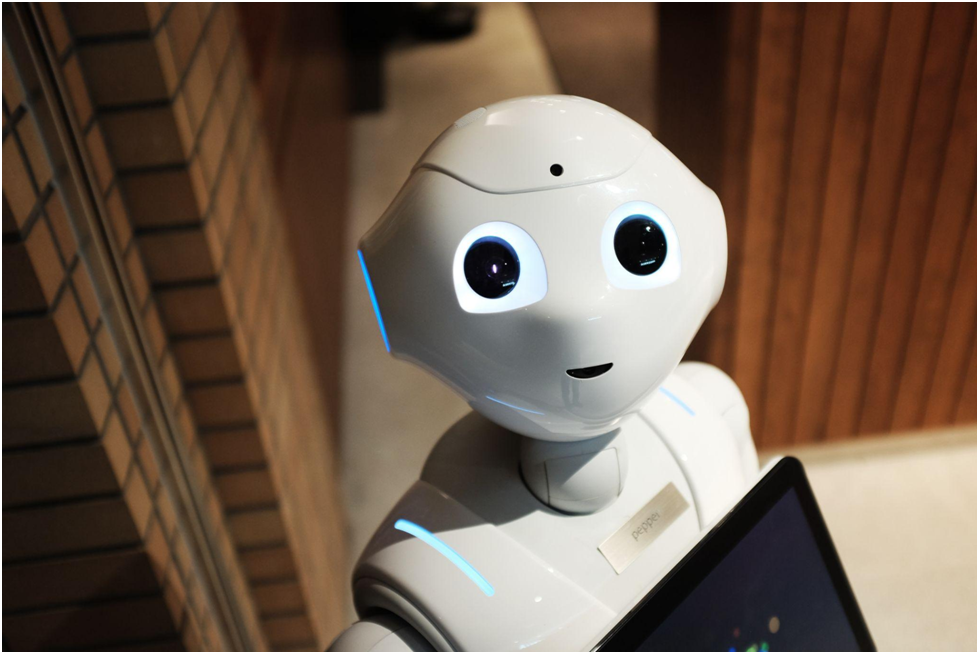While AI-powered bots and programs built on the most advanced machine learning algorithms are producing human-like high-level conversational content in seconds, their increasing dominance and misuse are simultaneously raising concerns over the potentially harmful consequences across industries.
One such segment that seems to be the most wary of the growing popularity of automated content is the education sector.
After the advent of ChatGPT, students started exploiting the technology for fabricating assignments, copying essays, and cheating in submissions in order to save time and effort. This is making educators and examiners across the globe worry about its negative impact on the intellectual development of students.
This article discusses how the increasing use of artificially generated content and the growing difficulty of identifying it has put faculty and examiners across the world on alert and exploring the scope of AI detectors as a solution.
How Students Use AI Content
The demand for AI writing tools has escalated multi-folds lately among professionals and students alike.
Statistics suggest that around 43% of students in US colleges and universities and one-third of high school kids use content-generating AI platforms for schoolwork out of which over 50% have acknowledged that it’s not fair to use them in assignments and exams. Also, 11% of papers from schools and colleges in the world were detected with artificial content.
Students take AI assistance to help them in research, ideation, coding, assignments, and even submissions. The convenient accessibility and sheer ease of use are tempting students to turn to irrational shortcuts.
All it takes are a few custom prompts to get a complete assignment ready in mere minutes.
Challenges and Concerns Faced by Examiners and Educators
Although the use of artificial intelligence under supervision is capable of bringing remarkable innovations in the education and training industry, those who fear its negative consequences argue that:
• The usage of AI can discourage productivity and creativity in students, hampering their long-term growth.
• To correctly assess progress, academic writing should be based on student learning and not machine learning.
• Academic submissions by students are meant to help them acquire knowledge, enhance research skills, learn to analyze, and come up with their arguments. By letting AI do all their job, they can miss out on opportunities to develop the necessary aptitude.
On top of this, educators are also wary of the dangers of unreliability, inaccuracy, and misinformation that AI tools extend. Plus there are also higher chances of accidental plagiarism, which can have serious ramifications for students.
As per a brief survey, around 78% of educators across nations believe that AI-generated writing can threaten the significance of ‘writing’ as an essential scholastic skill.
How AI Detectors Can Help
With regular upgrades in AI writing tools differentiating between genuine and AI-assisted submissions has become all the more challenging for examiners. And that’s where AI detection tools come to the rescue.
These tools run on predication models which include word and sentence level scans to check originality and usually work with maximum AI content detection accuracy.
Institutions can deploy such tools to keep plagiarism and copying in student projects under control.
But it’s also important to note that the results from these tools can have a small percentage of false positives, i.e. they can at times, though rarely, flag human-created content as fake. Hence they should not be counted as absolute proofs.
Another way could be to compare the assignment in question with the student’s previous work and look for signs of duplicity.
Conclusion
Though AI detection tools are the present day’s best bet to verify students’ research and coursework for originality, educators and examiners still need to take reformative steps to better handle the situation.
Instead of banning AI completely on campuses, students should rather be educated about the pros and cons of working with AI content tools and their ethical use practices.
Because AI when used constructively can be leveraged for better learning; but if not, it can affect the quality of education altogether!




